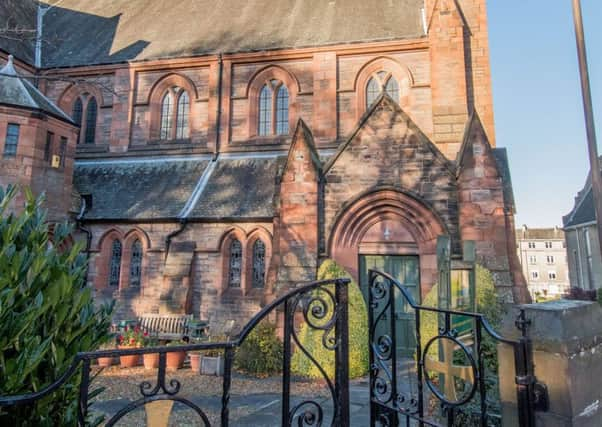Dean Parish Church to close


But while Dean Cemetery may be the place to be seen dead, dwindling attendances have forced nearby Dean Parish Church to close.
The congregation held its final service last Sunday and the building is now being put up for sale.
Advertisement
Hide AdAdvertisement
Hide AdThe church has been without a permanent minister since the Rev Mark Foster moved to St Paul’s Church in Pilrig three years ago.
But the church’s future had been uncertain for some time and the potential for uniting or linking it with various other Church of Scotland congregations in the area was explored.
There were 130 members on the roll and last year the church saw two weddings, one baptism and 12 funerals. The Rev Dr George Whyte, clerk to the Church of Scotland’s Edinburgh presbytery, said there would be around 40 people at a Sunday service, many of whom travelled from other parts of the city.
The cemetery – privately owned by the Dean Cemetery Trust Limited – is the final resting place of a host of famous Victorians, including architect William Henry Playfair (1790–1857), artist Samuel Peploe (1871-1935) and dictionary publisher Robert Chambers (1832-1888), as well as law lords, philosophers, artists, Lord Provosts, Kirk Moderators and leading figures of the time.
Advertisement
Hide AdAdvertisement
Hide AdDean Cemetery, opened in 1846 site of the former Dean Mansion House, was one of the first cemeteries in Edinburgh to be laid out along formal lines.
Also among those buried there are judge and literary figure Henry Cockburn (1779-1854); David Octavius Hill, the pioneer of early photography; Sir Thomas Bouch, designer of original Tay Bridge, who died the year after its disastrous collapse; Joseph Bell (1837–1911), lecturer at Edinburgh University’s medical school and personal surgeon to Queen Victoria; John Crabbie (1806-1891), founder of Crabbie’s Green Ginger Wine; and pioneering female doctor and war hero Elsie Inglis (1864-1917).
The cemetery is still used today and artist John Bellany (1942-2013) is buried there.
Dr Whyte said Dean Church, built in 1905, served a relatively small population. “They tried to anticipate how Edinburgh would grow, but it didn’t grow in the way they imagined.”
Advertisement
Hide AdAdvertisement
Hide AdDr Whyte said unions or links with other churches had been considered but the Dean congregation had opted instead for dissolution. “We will make sure members find another congregation,” he said.